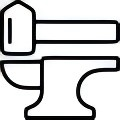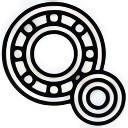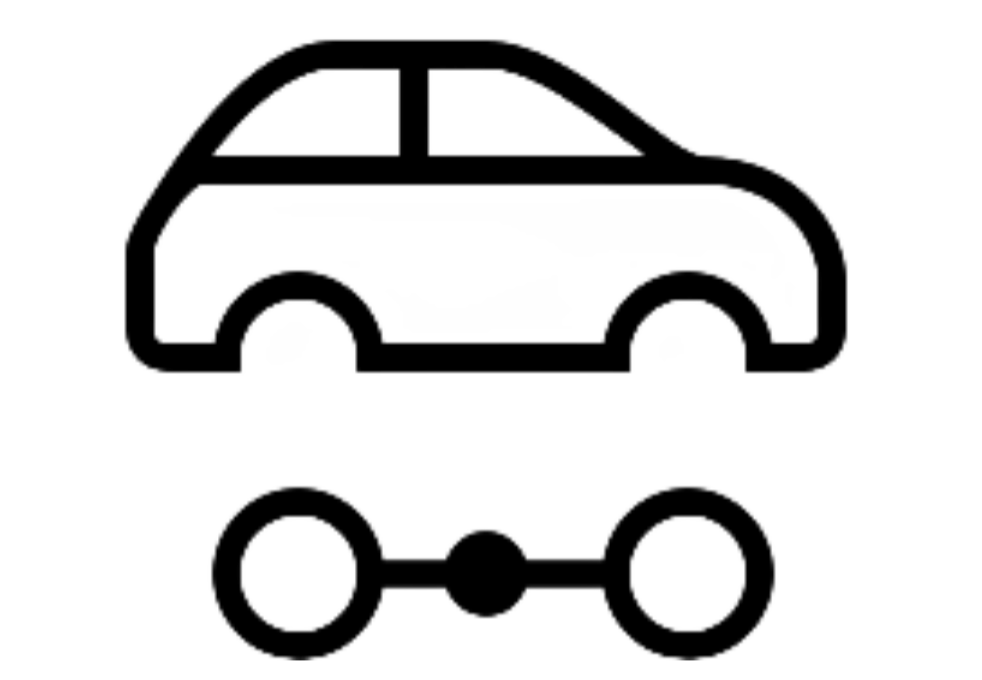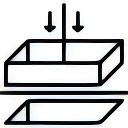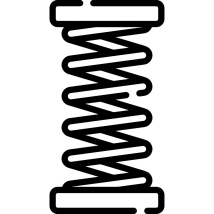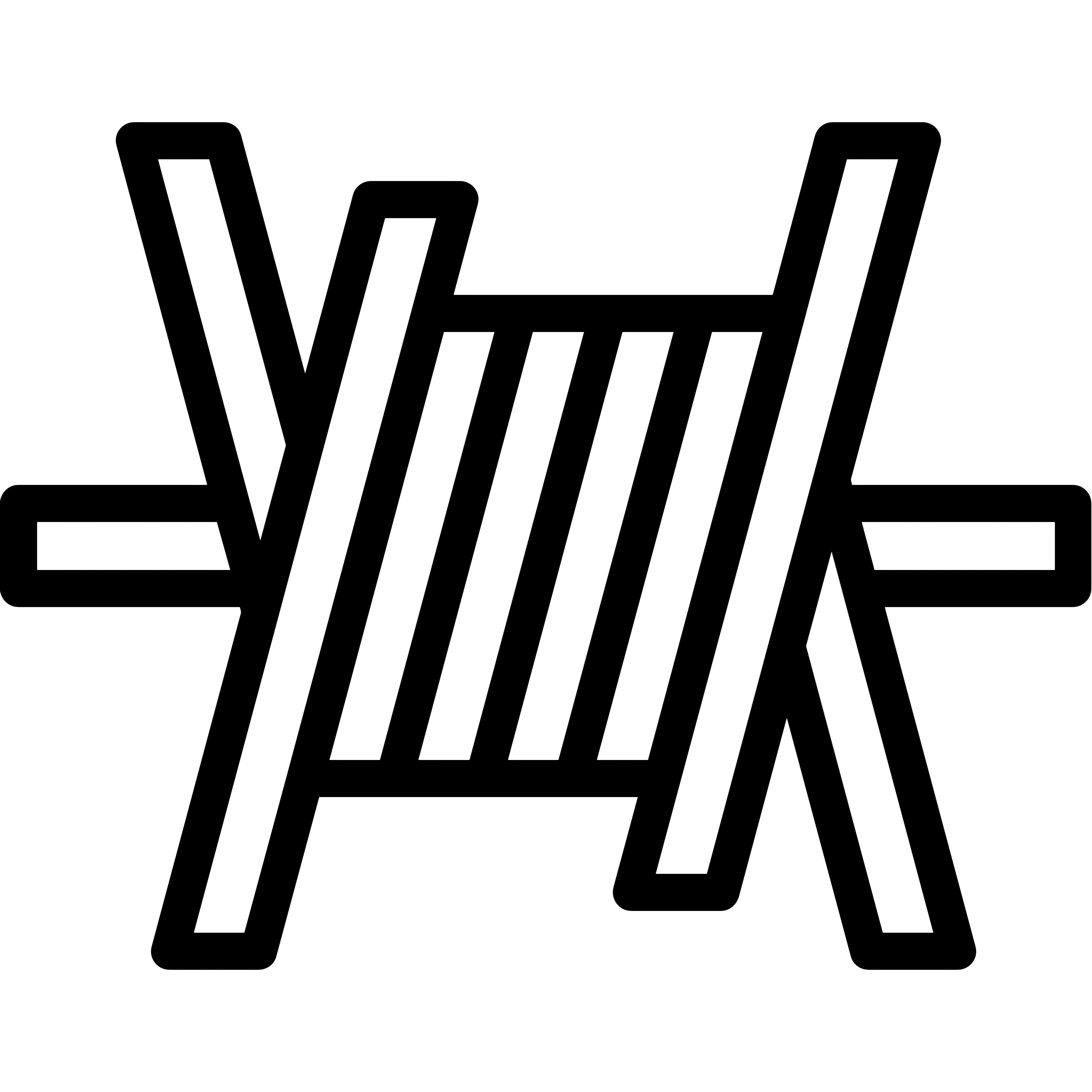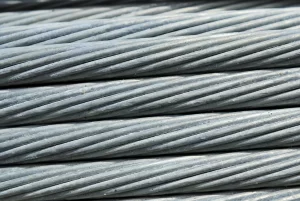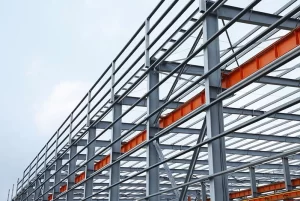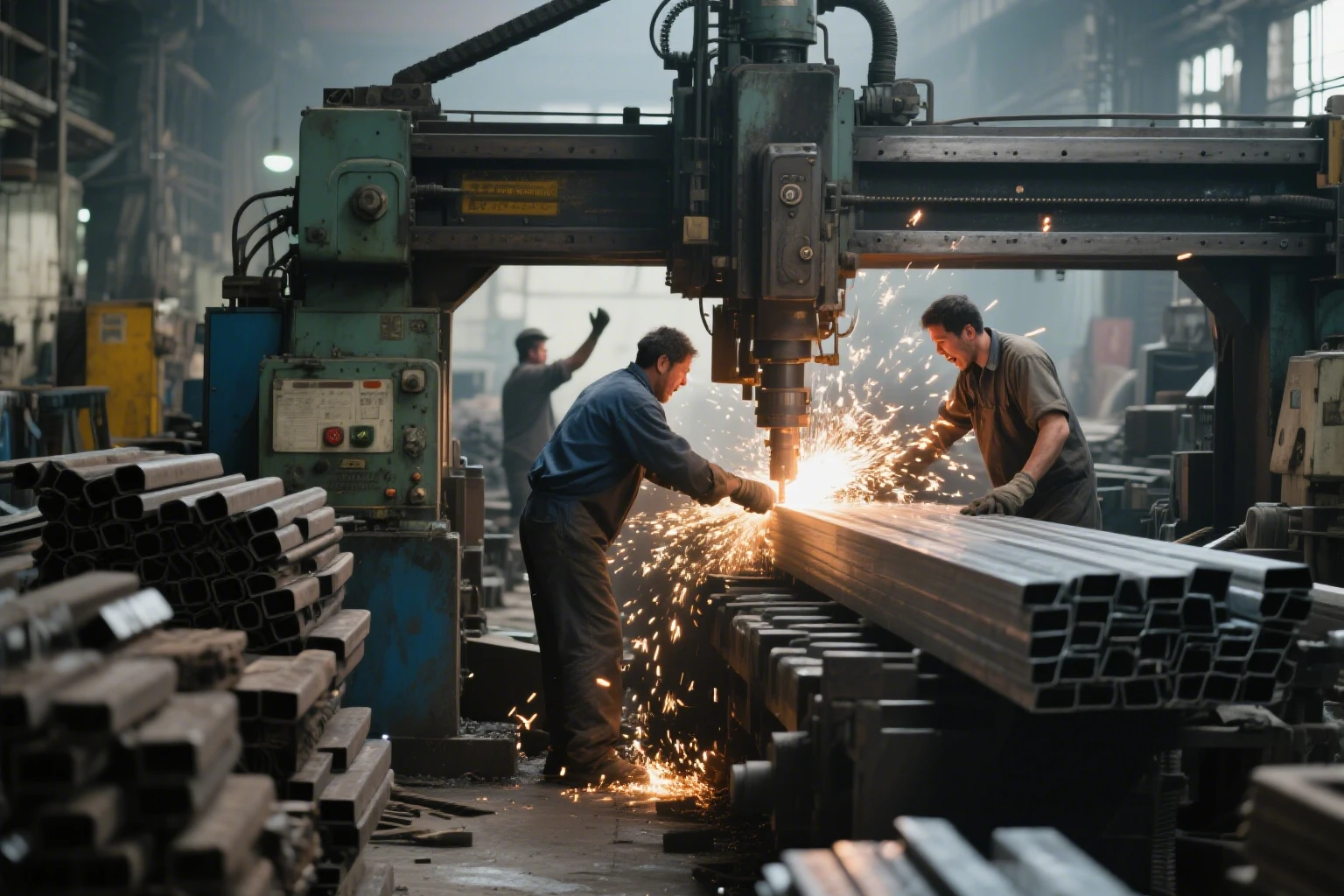Introduction to Prestressed Steel Strand
Prestressed steel strand(PC Strand) is a high-strength prestressing steel material developed for prestressed concrete. It is made by combining multiple cold-drawn steel wires. The strand is created by twisting the wires to produce a product adapted to the carrying capacity and durability of reinforced structures. The primary purpose of the prestressed steel strands is to manage tensile stresses in the concrete members. As a result, construction engineers can design more flexibly and efficiently. This technological advancement enables longer spans and smaller structural depths, presenting breakthrough solutions to many challenging engineering issues.
Composition and Manufacturing of Prestressed Steel Strand
Material Properties
Prestressed steel strands are known for their outstanding mechanical characteristics such as their high tensile strength, good ductility, and low relaxation characteristics. As such, these strands can withstand huge loads preserving their original state over long periods. Moreover, engineers can use special surface treatment ensuring increased cord bond and corrosion resistance to make these strands appropriate for harsh environments. The use of a controlled production process guarantees uniformity of strands’ dimensions and performance making it a suitable option for engineers and architects.
Manufacturing Techniques
Wire Drawing
The production of prestressed steel strands involves such a technological operation as wire drawing. This process is intended to form steel wire at a level sufficient to increase its tensile strength. The tool used for the wire drawing of steel is a block for dead-block wire drawing. This technological operation has some features, in particular, it allows the production of smooth or indented steel wire. This parameter is crucial in the production of prestressed concrete, i.e. for different degrees of adhesion to the concrete target. The wire drawing process itself is performed in several stages and is crucial for the overall quality of the subsequent wire harness.
Stranding Process
It is important to strand the individual wires once they have been drawn for a number of important reasons, and the first is the one of positional integrity. That is, the wires have to be fixed in place with respect to each other so that the resulting system withstands tension and pressure without failing. Moreover, the wires need to be stranded in such a way to maximize the bond between the resultant strand and the concrete inside of which it will be placed. The methods of stranding can be different, but they adopt various geometric forms to maximize the load which the strand can bear and minimize the concentrations of stress within the material in question.
Stress-Relieving Treatments
In addition to heat treatment, stress-relieving treatments are frequently employed to improve the performance of prestressed steel strands. These treatments are used in order to eliminate residual stresses that might develop during the production process and offset the mechanical properties of the strands in question. The process of heating and cooling is carefully controlled by the manufacturers to ensure that the strands reach a state of equilibrium, thus making them more durable and applicable to real-life construction scenarios.
Applications in Modern Infrastructure
Building Structures
Prestressed steel strands are frequently used in the erection of diverse structures inside the building. Due to their inherent strength, it is possible to devise lighter and leaner slabs and beams, thus considerably diminishing the overall weight of the construction. As a result, the building becomes more economical and quicker to erect since it requires less support. Furthermore, one can use prestressed steel strands in the building to gain new architectural possibilities. They are often integrated into the coverings of buildings with curved shapes, which would not be possible using traditional technologies.
Bridges and Overpasses
Bridges and overpasses are one of the most widespread applications for prestressed steel strands as these construction solutions require exceptional strength and durability to remain intact in the face of dynamic loads promoted by traffic-related concerns and various environmental factors. The use of prestressed steel strands is directly related to the main difference that defines the majority of modern bridge designs: extended spans and slender profiles. In this way, For example, the Unbonded Prestressed Steel Strand can help implement both visually appealing and functional design in modern transportation-related applications.
Underground Engineering
Apart from its application on the surface, prestressed steel strands have a notable effect on underground engineering structures, including tunnels and deep foundation systems. Since the material has corrosion resistance, prestressed concrete structures are ideal for handling soil pressures and other external forces placed underground. With the inclusion of prestressed steel strands applied to the aforementioned systems, engineers enhance stability and safety, thus ensuring certainty in some of the toughest construction conditions.
Technical Specifications and Standards
Industry Standards Compliance
Introduction Prestressed steel strands are widely used in construction industry and their performance depends on adherence to specific regulations and standards. Different standards in the industry guide the production and testing of the materials, including the ASTM and the ISO among others. This is important because the strands must ensure specific tensile strength, ductility, and toughness levels. Compliance with such requirements is necessary for engineers and architects to guarantee the materials’ overall quality at production. Therefore, the importance of specific materials is that they ensure the required quality of prestressed steel strands for their application in critical infrastructure.
Mechanical Properties
Tensile Strength
One of the main mechanical properties of prestressed steel strands is tensile strength, which represents the maximum amount of tensile stress these strands can withstand before failure. High tensile strength is an important property of such strands, as it defines to a large extent the safety and performance of prestressed structures made of concrete. As for how these strands are produced, wire drawing and stranding both have an effect on their tensile strength. These processes allow the strands to obtain higher tensile strength, or to conform to the project requirements, thus making the steel cables more efficient in terms of the amount of weight the structural components can support before deformation or breaking.
Good Ductility
Besides high tensile strength, the prestressed steel strands have the advantage of good ductility, allowing them to deform under load without immediate failure. This is essential in projects, as the structure might be subject to an unanticipated load or impact. This way, the strands can absorb the energy and provide a more equal distribution of stresses throughout the concrete making the failure not so localized. Designers and engineers can pose the possibility of creating a safer structure that still has all of the inherent benefits of being structurally sound over a long period of time with the ability to move and flex with changing forces and conditions.
Corrosion Resistance
Corrosion resistance is the other main mechanical property of prestressed steel strands which is important as it increases the lifespan of the product as well as being more efficient in performing its role. Steel is vulnerable to the surrounding conditions as well as the materials it is in contact with, and corrosion can decrease its structural integrity over time. The surface of the strands is treated with different applications and protocols like galvanization and, the use of corrosion-resistant coatings and paint-type materials. These ensure the strands-being-used resistance to corrosion, providing more services and maintaining the mechanical performance of the specific.
Benefits of Using Promispecial Prestressed Steel Strands
Promispecial products are always designed with a goal to provide high durability. This is crucial to the overall performance and functionality of different structures as high tensile strength ensures that they can exhibit great strength. Galvanized Steel Strand has good ductility and substantial galvanization grade, the corrosion resistance of such strands is relatively higher. Hence, it can be expected that the service life of different units, if reinforced with such strands, will be significantly longer term. Numerous repairs and replacements can be quite costly, and increased durability can prevent these and reduce overall life-cycle costs. Besides, we can provide customized service according to project requirements which ensure compatibility with various construction conditions and design specifications.


